
Safe Payment
We accept Paypal, Money Transfer, Bank Transfer
Confidence
Protection covers your purchase and personal data.
Worldwide Delivery
We ship Worldwide, except Russia.Shipping cost US$25.2 for upto 0.5 kgs

Hotline
Talk to help line for your question on 9841267335This Jambhala: Namtose Thangka, Buddhist Traditional Painting, Tibetan Style, [real Gold], [oiled Thangka], [old Stock] is our old stock collection, Experience the captivating allure of the "Timeless Splendor" thangka painting, a rare and extraordinary masterpiece that embodies the essence of ancient artistic traditions. Created approximately 15 to 20 years ago, this painting showcases the meticulous artistry and devotion of a single artist, who skillfully prepared the canvas and brought the artwork to life.
The age of this painting adds to its rarity and significance. With its creation dating back 15 to 20 years, it carries the legacy of traditional artistic techniques. Once this collection is sold, no more paintings of its kind will be produced, making it an extraordinary find for art enthusiasts and collectors.
What sets this thangka painting apart is the genuine and thick layers of gold meticulously applied by the artist. The result is a resplendent and opulent appearance that captivates the viewer's gaze. Unlike contemporary practices where different artists handle different aspects of the painting, this unique artwork is a testament to the singular vision and talent of one artist, ensuring a harmonious and unified composition. Read More . . .
The Jambhala: Namtose Thangka, Buddhist Traditional Painting, Tibetan Style, [real Gold], [oiled Thangka], [old Stock] Thangka, featuring an oiled antique finish, is a remarkable and captivating work of art. This thangka has undergone a finishing process that involves the application of a special varnish, resulting in an antique appearance. The intention is to create the impression that the painting has been graced by the presence of butter lamps over an extensive period. Read More . . .
A thangka, also known as tangka, thanka, or tanka, is a vibrant and intricate Tibetan Buddhist painting that serves as a visual representation of spiritual teachings. Crafted with meticulous detail on cotton or silk appliqué, thangkas depict a wide range of subjects including Buddhist deities, sacred scenes, mandalas, and narrative stories. These sacred artworks are traditionally kept unframed and rolled up for storage, resembling ancient scrolls. To protect their delicate nature, thangkas are mounted on textile backings and often adorned with a silk cover on the front. Proper preservation in dry environments is crucial to maintain the integrity and longevity of the silk. Read More . . .
The character of Vaiśravaṇa is founded upon the Hindu deity Kubera, but although the Buddhist and Hindu deities share some characteristics and epithets, each of them has different functions and associated myths. Although brought into East Asia as a Buddhist deity, Vaiśravaṇa has become a character in folk religion and has acquired an identity that is partially independent of the Buddhist tradition (cf. the similar treatment of Guanyin and Yama).
![]()
Statue of Vaiśravaṇa as the guardian at the royal crematorium of King Bhumibol Adulyadej of Thailand, 2017.
![]()
Vaiśravaṇa as the Seal of Udon Thani Province, Thailand
![]()
Tamonten statue at Tōdai-ji, Nara
![]()
Partly gilded Tibetan bronze statue of Vaisravana (Jambhala) sitting on a snow lion and holding a mongoose in his left hand. 18th century
Vaiśravaṇa is the guardian of the northern direction, and his home is in the northern quadrant of the topmost tier of the lower half of Sumeru. He is the leader of all the yakṣas who dwell on the Sumeru's slopes.
He is often portrayed with a yellow face. He carries an umbrella or parasol (chakra) as a symbol of his sovereignty. He is also sometimes displayed with a mongoose, often shown ejecting jewels from its mouth. The mongoose is the enemy of the snake, a symbol of greed or hatred; the ejection of jewels represents generosity.
Vessavaṇa's wife is named Bhuñjatī, and he has five daughters, Latā, Sajjā, Pavarā, Acchimatī, and Sutā. He has a nephew called Puṇṇaka, a yakkha, husband of the nāga woman Irandatī. He has a chariot called Nārīvāhana. He is called gadāvudha (Sanskrit: gadāyudha) "armed with a club", but he only used it before he became a follower of the Buddha.
Vessavaṇa has the name "Kuvera" from a name he had from a past life as a rich Brahmin mill-owner from Sri Lanka, who gave all the produce of one of his seven mills to charity and provided alms to the needy for 20,000 years. He was reborn in the Cātummahārājikā heaven as a result of this good karma.
As with all the Buddhist deities, Vessavaṇa is properly the name of an office (filled for life) rather than a permanent individual. Each Vessavaṇa is mortal, and when he dies, he will be replaced by a new Vessavaṇa. Like other beings of the Cātummahārājika world, his lifespan is 90,000 years (other sources say nine million years). Vessavaṇa has the authority to grant the yakshas particular areas (e.g., a lake) to protect, and these are usually assigned at the beginning of a Vessavaṇa's reign.
When Gautama Buddha was born, Vessavaṇa became his follower, and eventually attained the stage of sotāpanna, one who has only seven more lives before enlightenment. He often brought the Buddha and his follower's messages from the gods and other humans and protected them. He presented to the Buddha the Āṭānāṭā verses, which Buddhists meditating in the forest could use to ward off the attacks of wild yak has or other supernatural beings who do not have faith in the Buddha. These verses are an early form of partita chanting.
Bimbisāra, King of Magadha, after his death was reborn as a yakkha called Janavasabha in the retinue of Vessavaṇa.
In the early years of Buddhism, Vessavaṇa was worshipped at trees dedicated to him as shrines. Some people appealed to him to grant them, children.


![Jambhala: Namtose Thangka, Buddhist Traditional Painting, Tibetan Style, [real Gold], [oiled Thangka], [old Stock]](https://handicraftseller.com/uploads/pics/product/thumb/2023/06/29722_1.jpg)
![Jambhala: Namtose Thangka, Buddhist Traditional Painting, Tibetan Style, [real Gold], [oiled Thangka], [old Stock]](https://handicraftseller.com/uploads/pics/product/thumb/2023/06/29722_2.jpg)
![Jambhala: Namtose Thangka, Buddhist Traditional Painting, Tibetan Style, [real Gold], [oiled Thangka], [old Stock]](https://handicraftseller.com/uploads/pics/product/thumb/2023/06/29722_3.jpg)
![Jambhala: Namtose Thangka, Buddhist Traditional Painting, Tibetan Style, [real Gold], [oiled Thangka], [old Stock]](https://handicraftseller.com/uploads/pics/product/thumb/2023/06/29722_4.jpg)
![Jambhala: Namtose Thangka, Buddhist Traditional Painting, Tibetan Style, [real Gold], [oiled Thangka], [old Stock]](https://handicraftseller.com/uploads/pics/product/thumb/2023/06/29722_5.jpg)
![Jambhala: Namtose Thangka, Buddhist Traditional Painting, Tibetan Style, [real Gold], [oiled Thangka], [old Stock]](https://handicraftseller.com/uploads/pics/product/thumb/2023/06/29722.jpg)
![Jambhala: Namtose Thangka, Buddhist Traditional Painting, Tibetan Style, [real Gold], [oiled Thangka], [old Stock]](https://handicraftseller.com/uploads/pics/product/thumb/2023/06/29722_0.jpg)
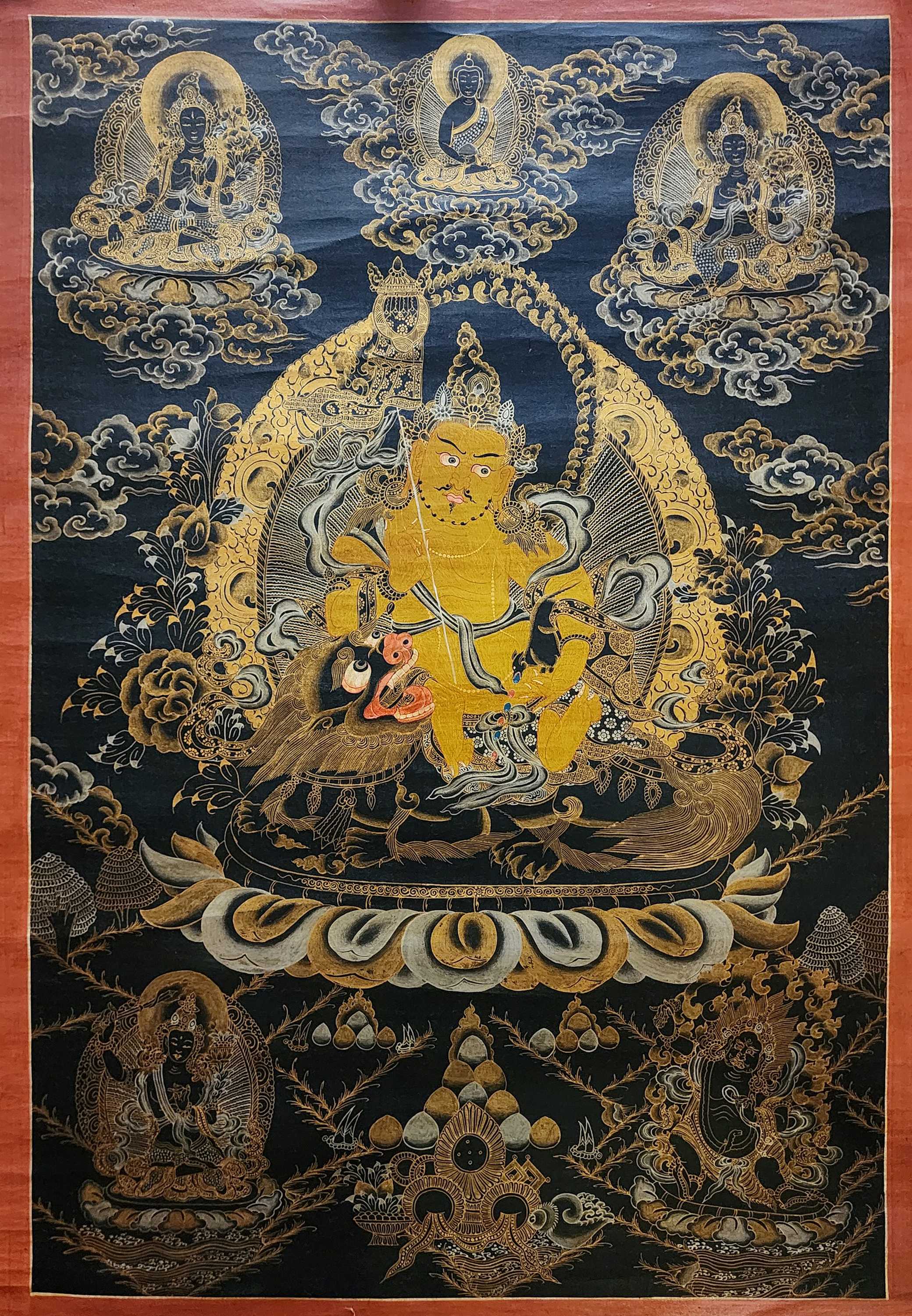









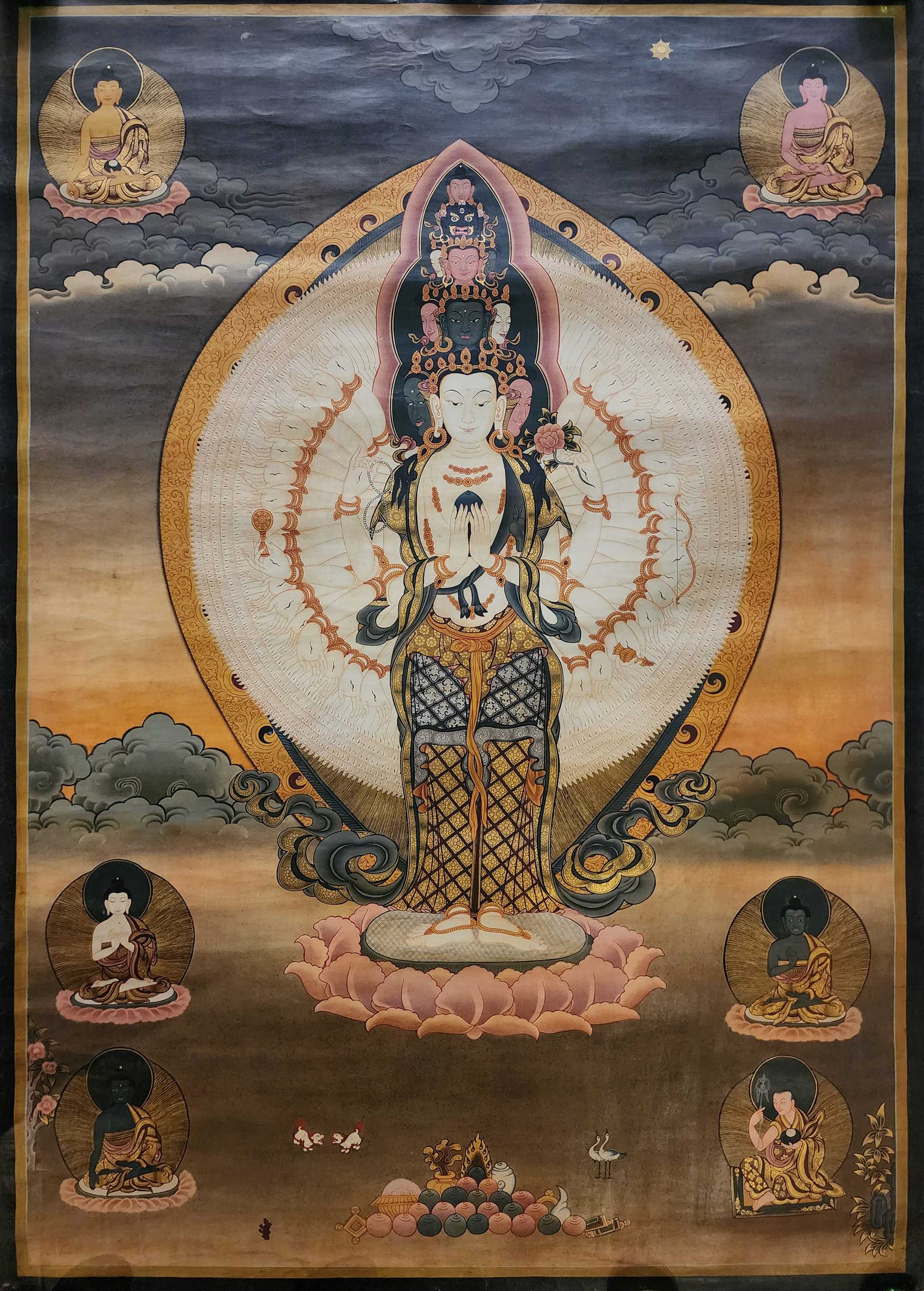 Real Gold,
Real Gold, 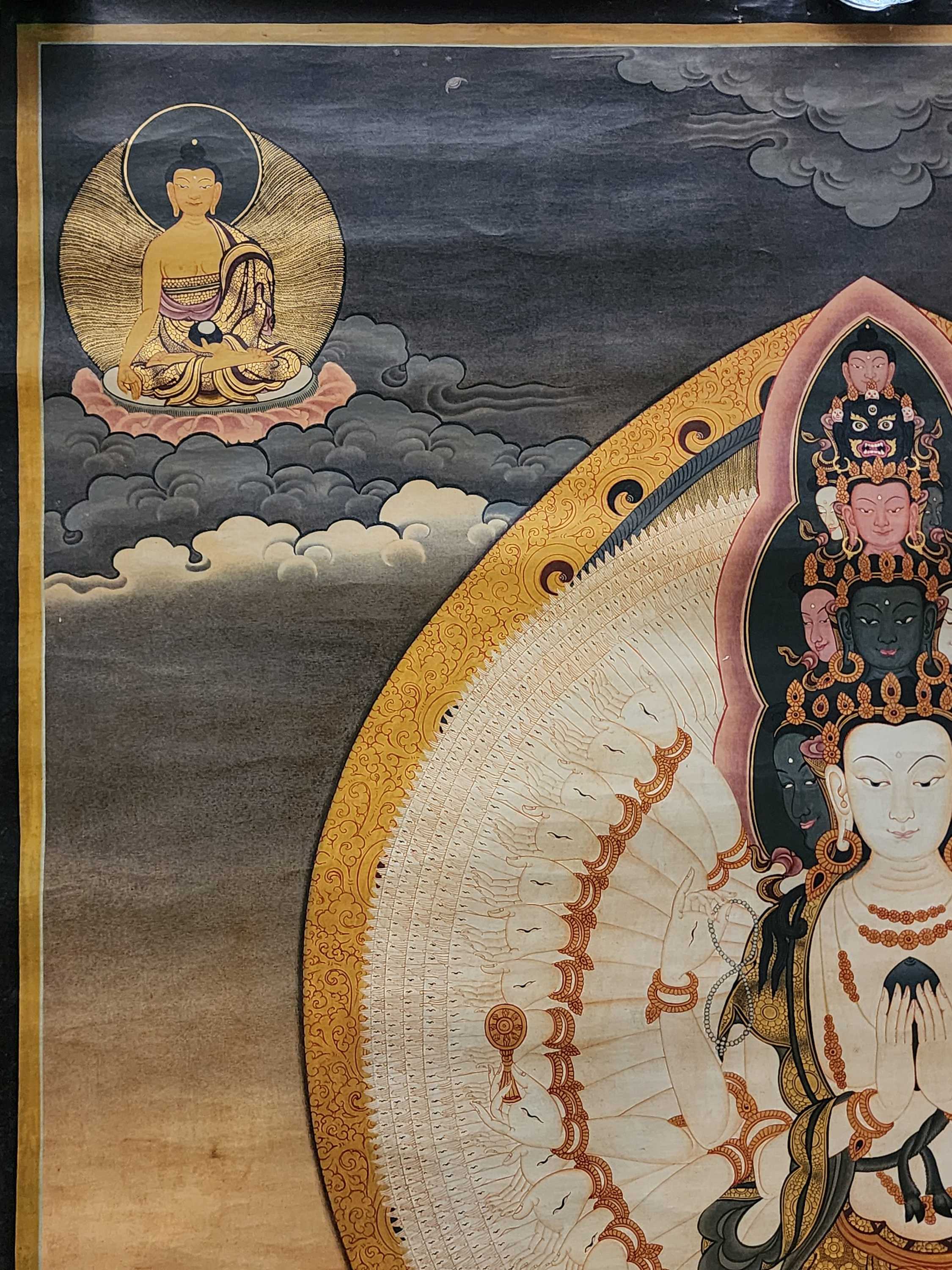 Real Gold,
Real Gold, 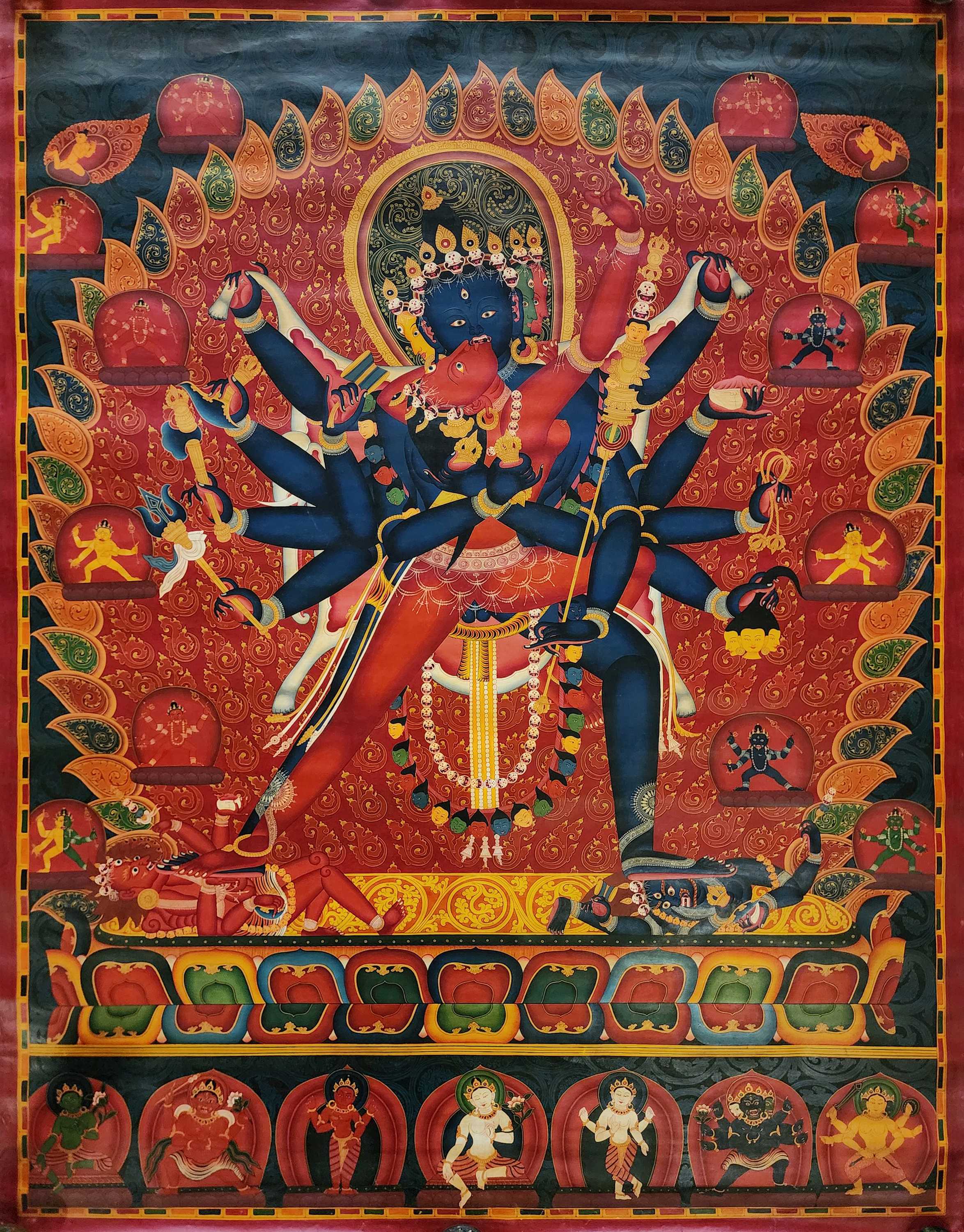 Newari Thangka, Buddhist Traditional Painting, Tibetan Style,
Newari Thangka, Buddhist Traditional Painting, Tibetan Style, 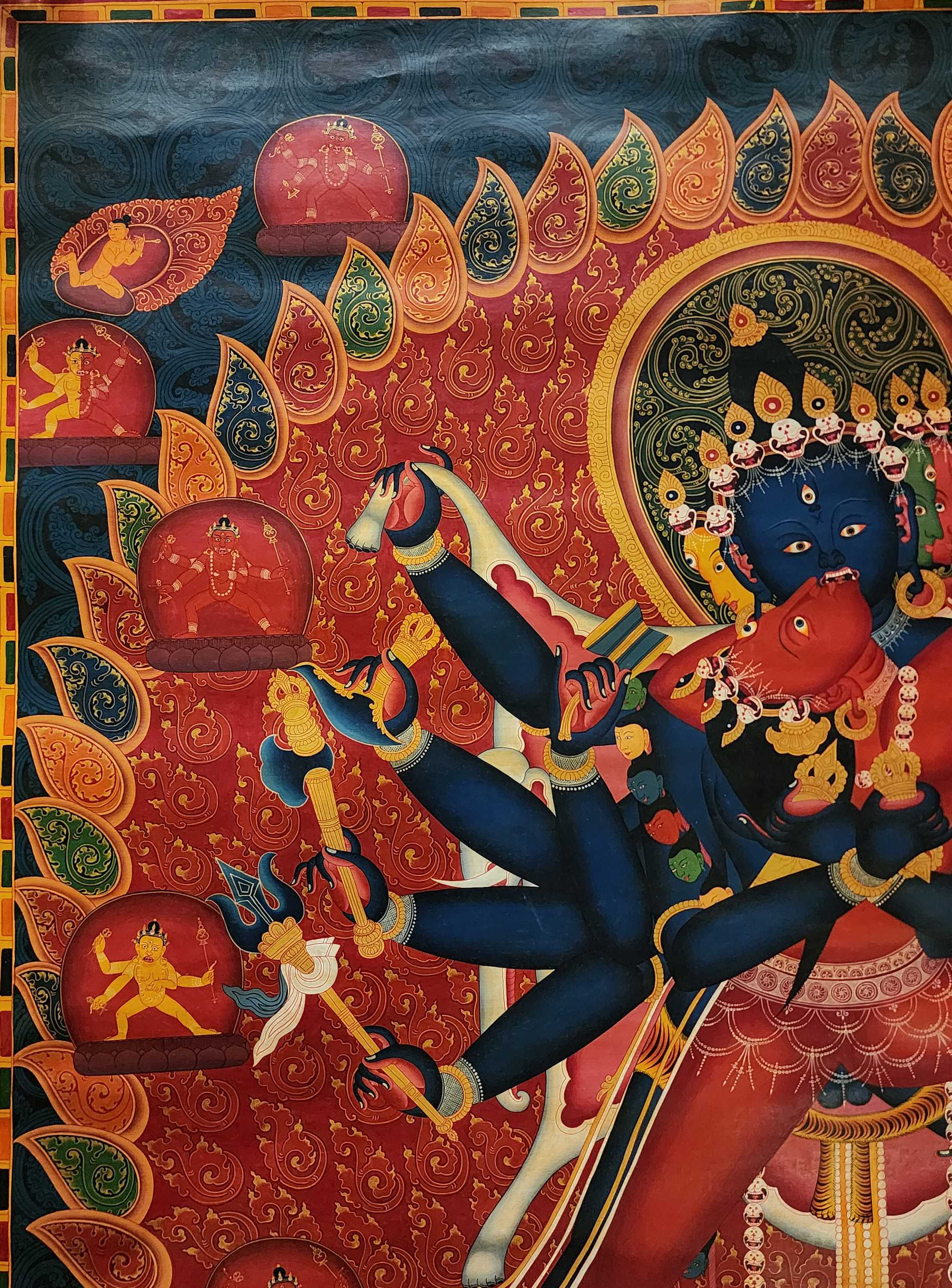 Newari Thangka, Buddhist Traditional Painting, Tibetan Style,
Newari Thangka, Buddhist Traditional Painting, Tibetan Style,  Old Stock, Manjushri Thangka, Buddhist Handmade Thangka, Hand Painted, Antique, Real Gold" title="
Old Stock, Manjushri Thangka, Buddhist Handmade Thangka, Hand Painted, Antique, Real Gold" title="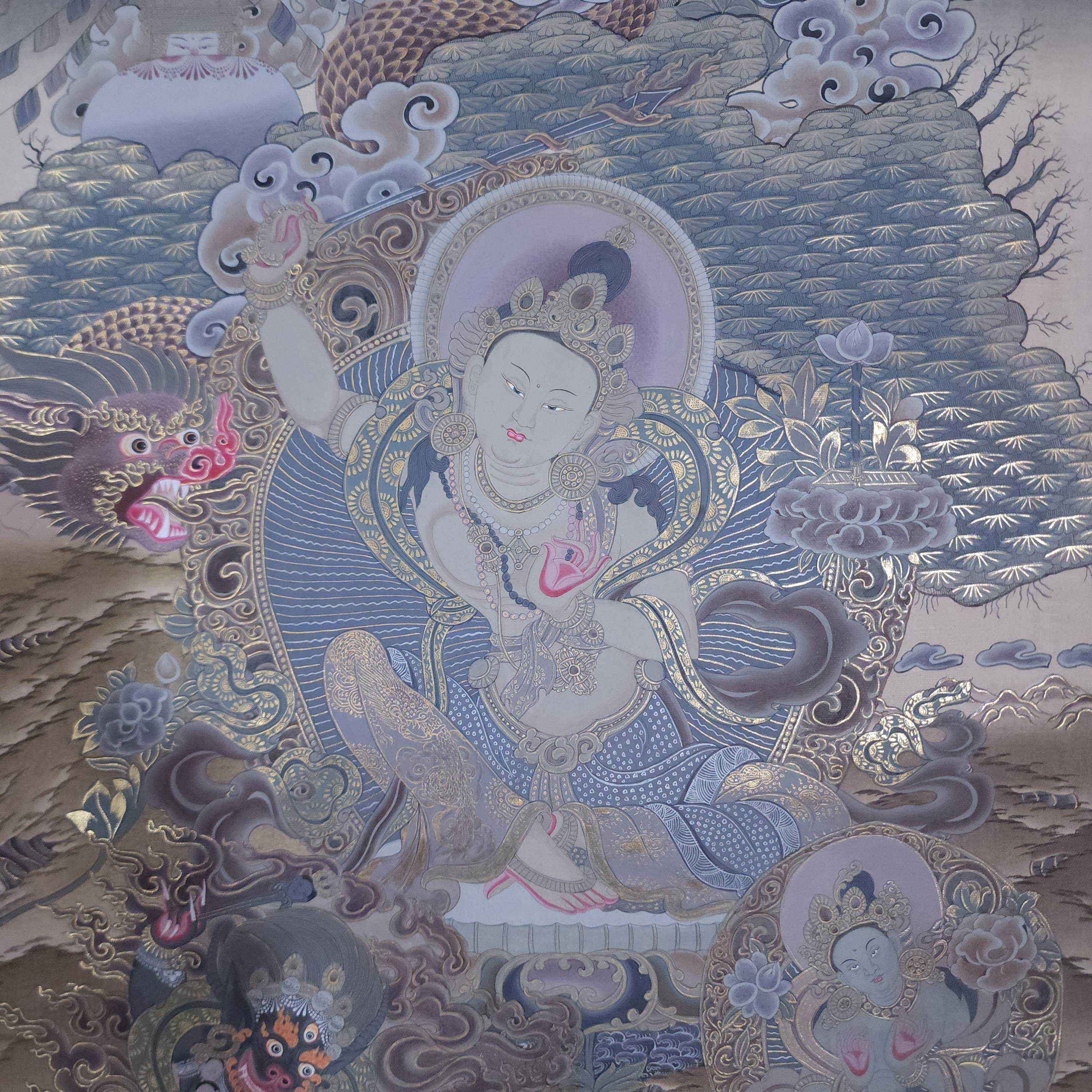 Old Stock, Manjushri Thangka, Buddhist Handmade Thangka, Hand Painted, Antique, Real Gold" title="
Old Stock, Manjushri Thangka, Buddhist Handmade Thangka, Hand Painted, Antique, Real Gold" title="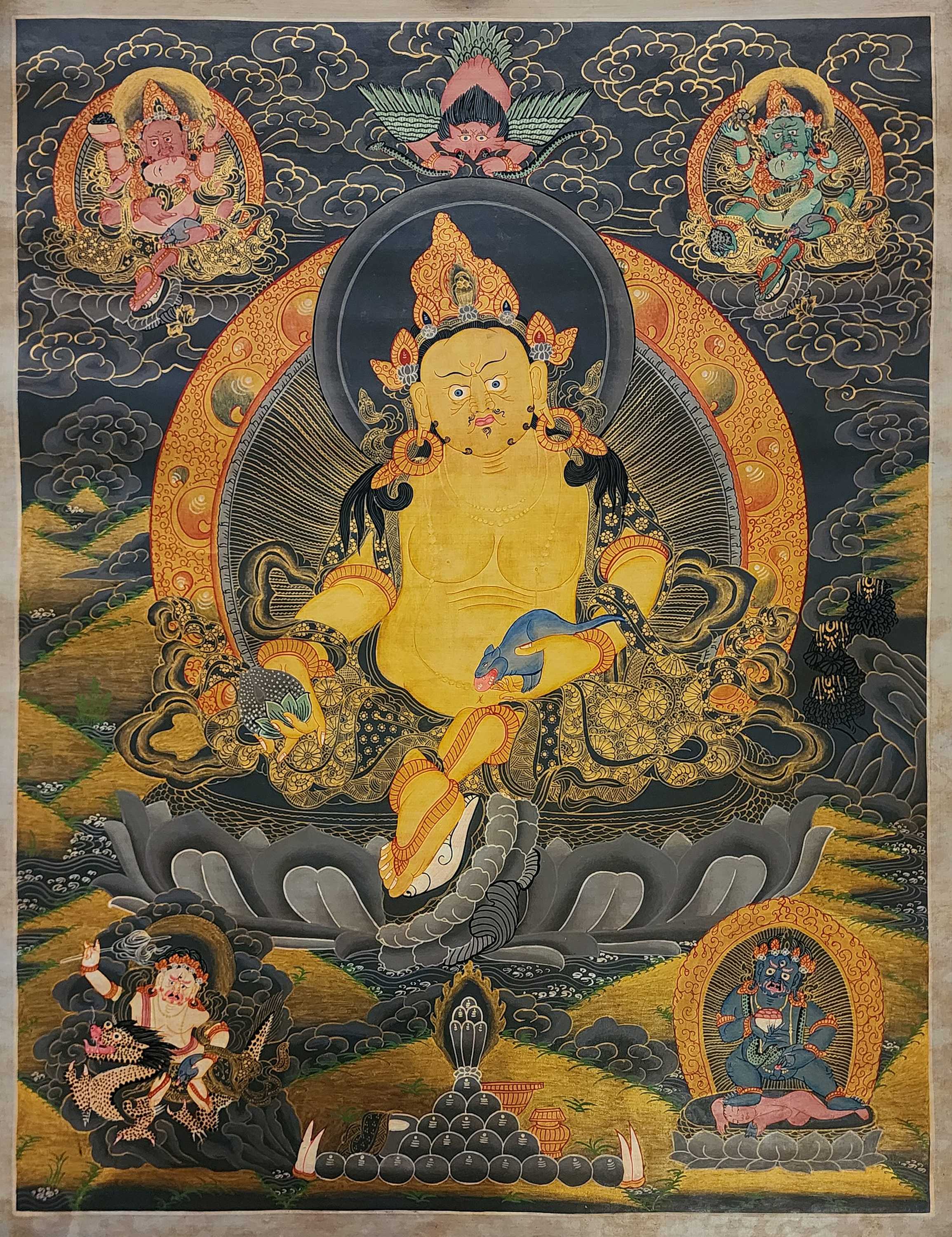 Oiled Thangka,
Oiled Thangka, 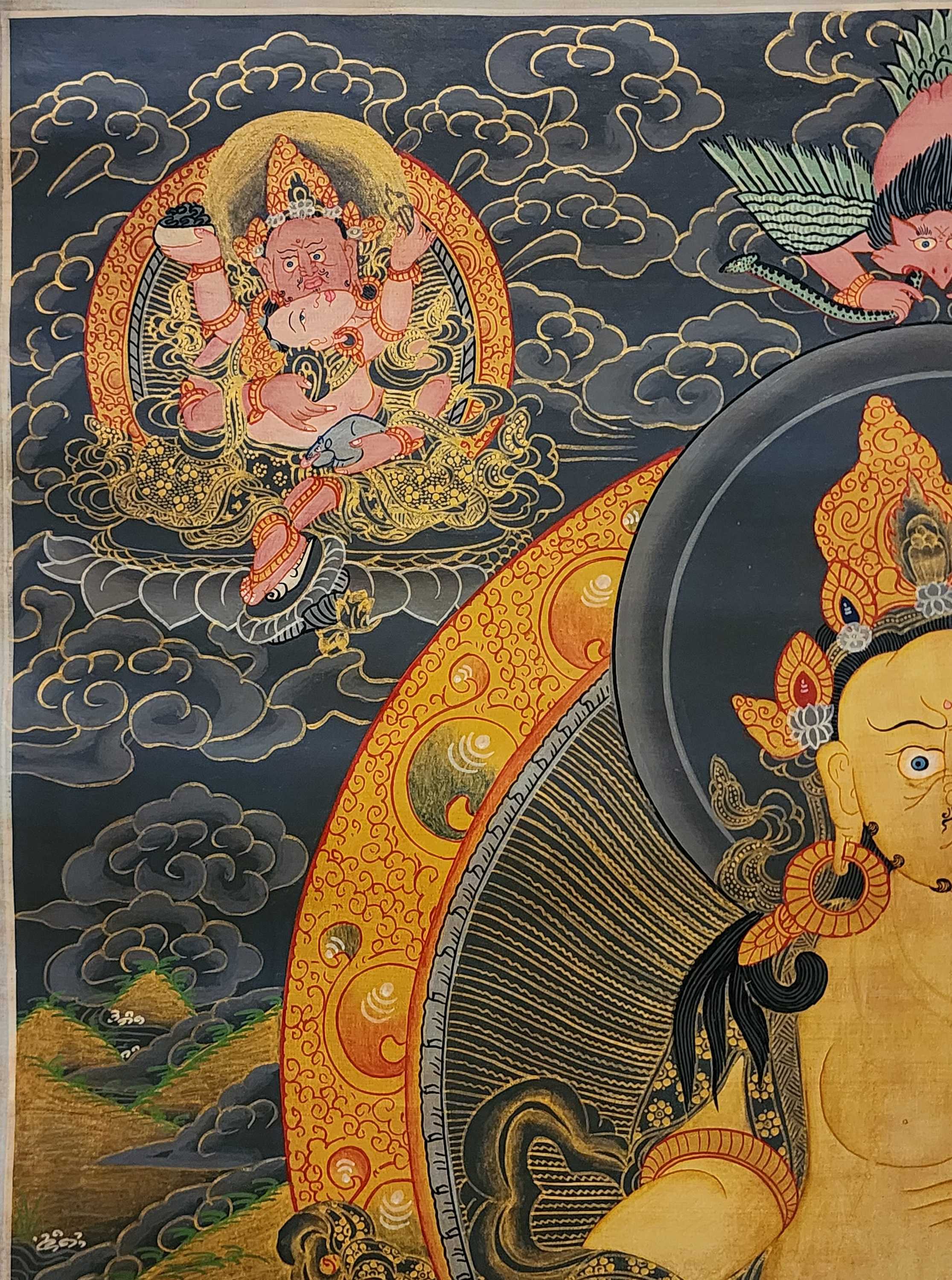 Oiled Thangka,
Oiled Thangka, 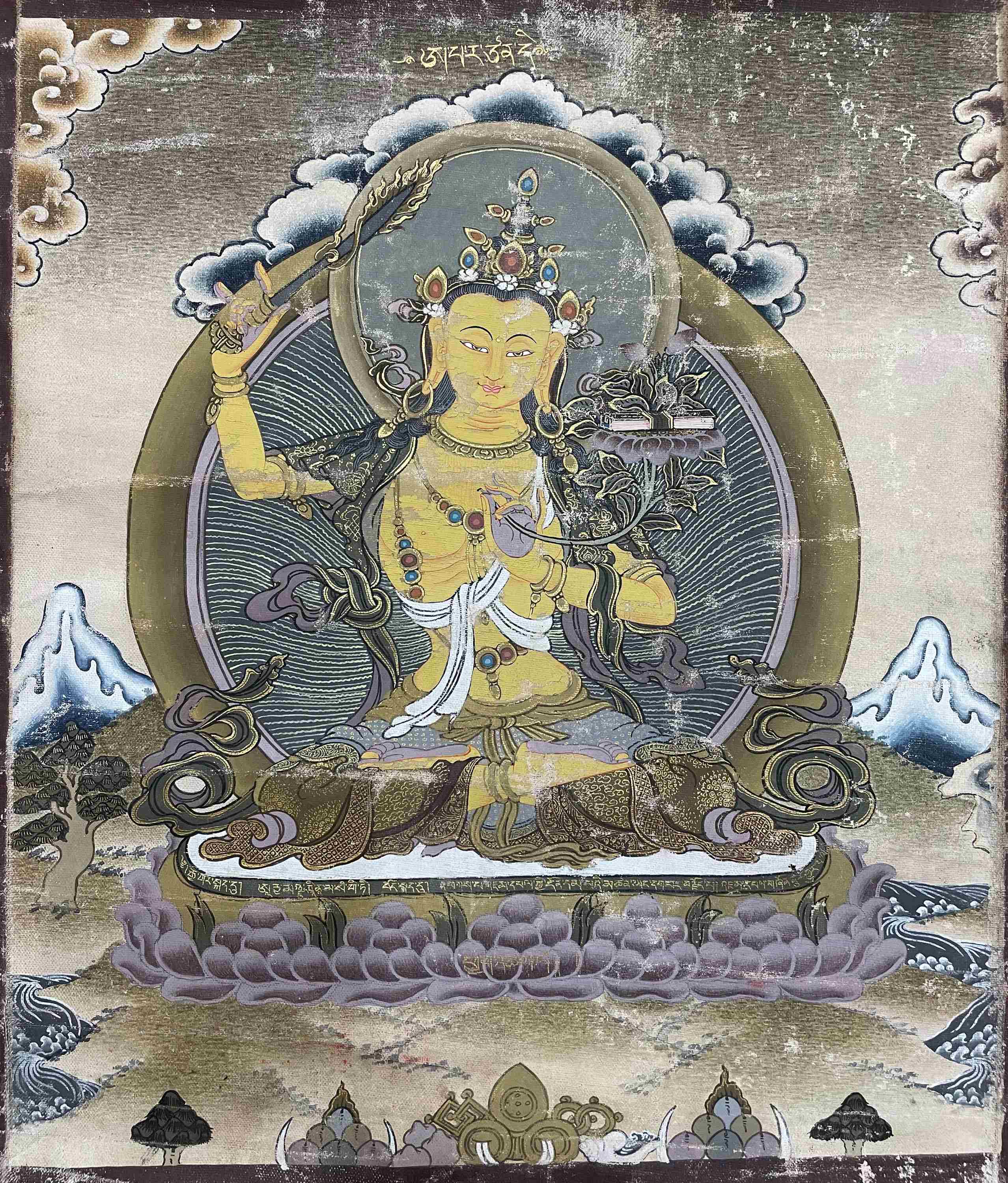 Old, Buddhist Handmade Thangka
Old, Buddhist Handmade Thangka 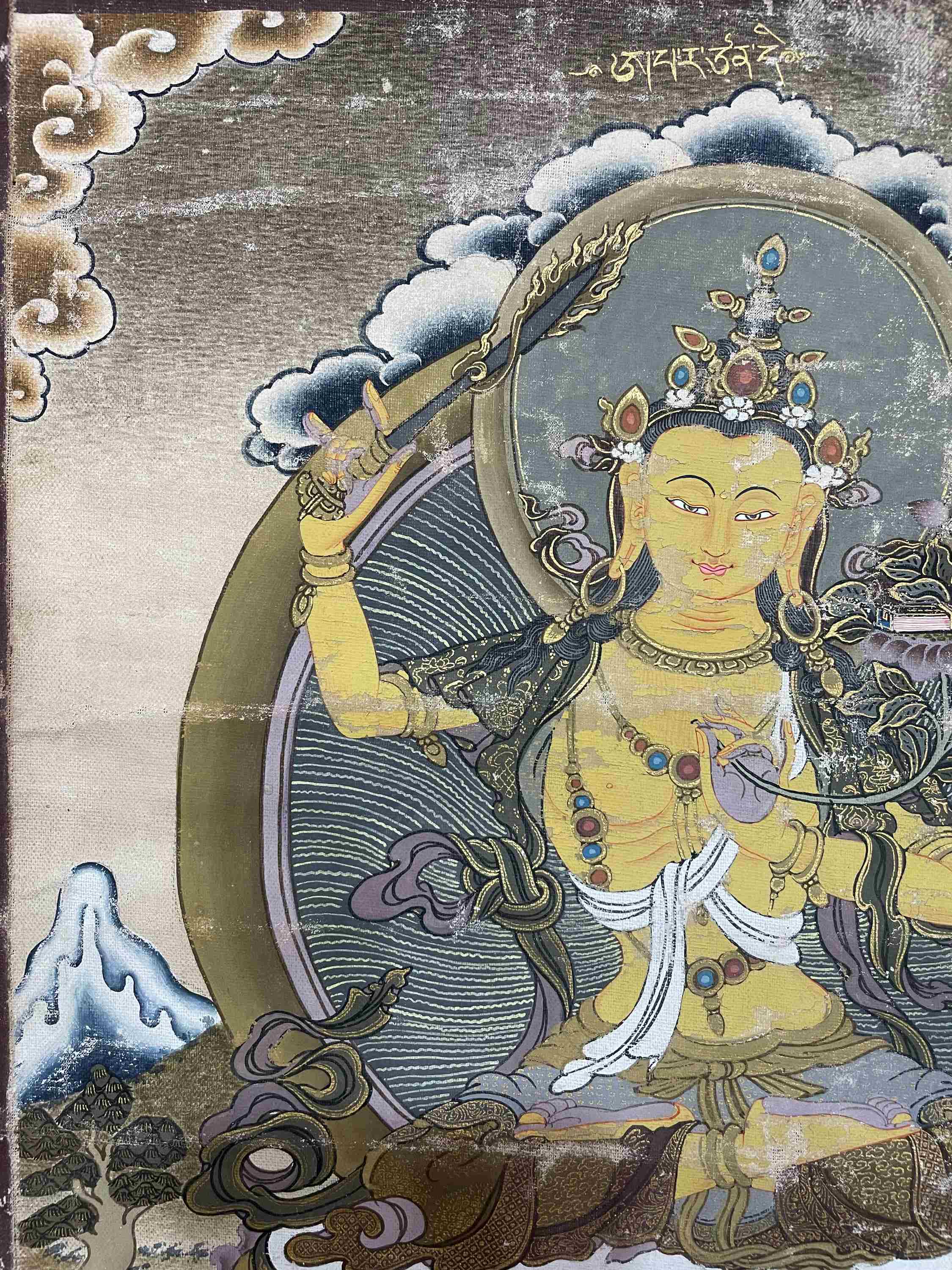 Old, Buddhist Handmade Thangka
Old, Buddhist Handmade Thangka 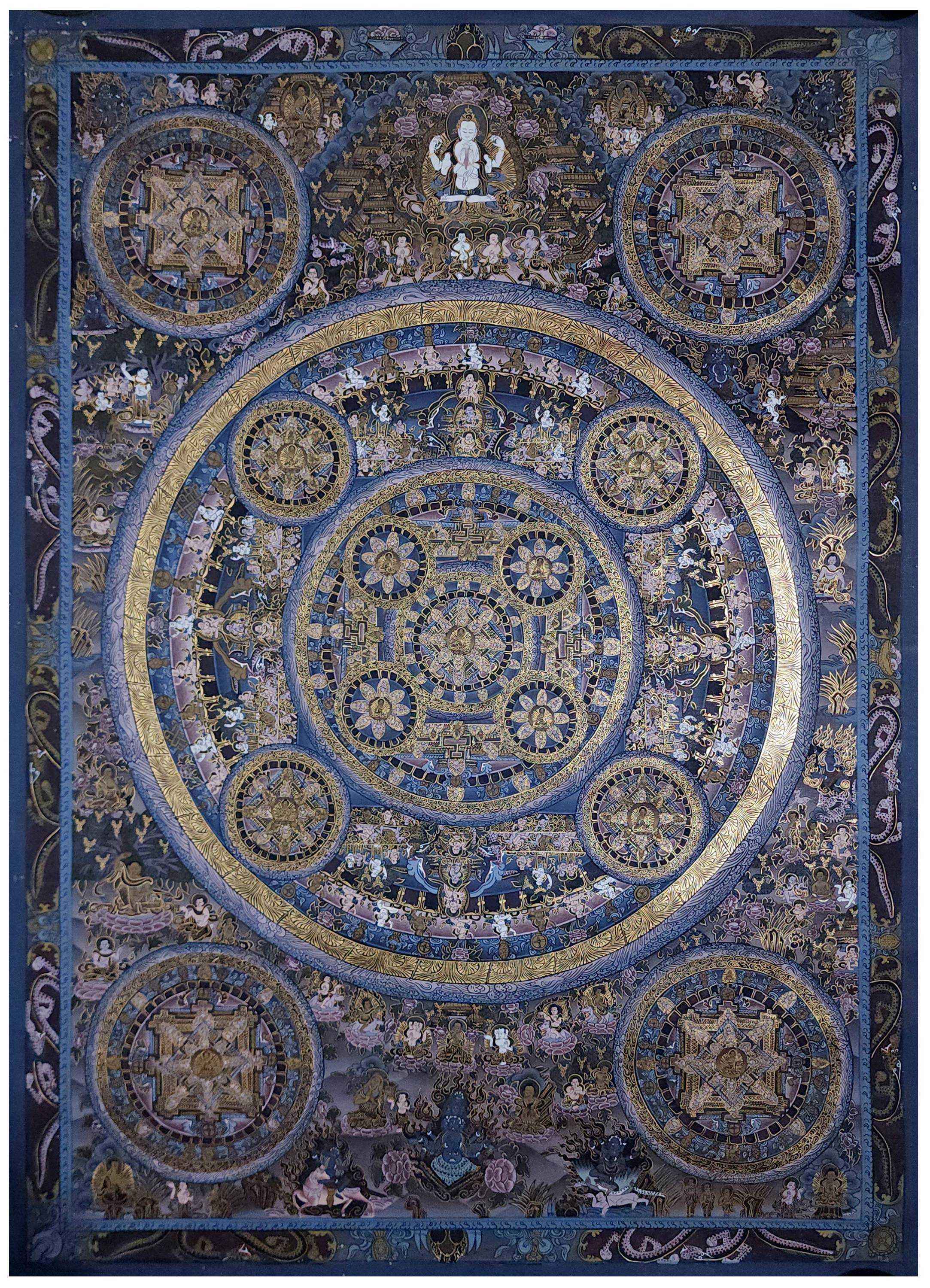 Old Stock, Mandala Thangka, Buddhist Handmade Thangka, Hand Painted, Antique, Real Gold" title="
Old Stock, Mandala Thangka, Buddhist Handmade Thangka, Hand Painted, Antique, Real Gold" title="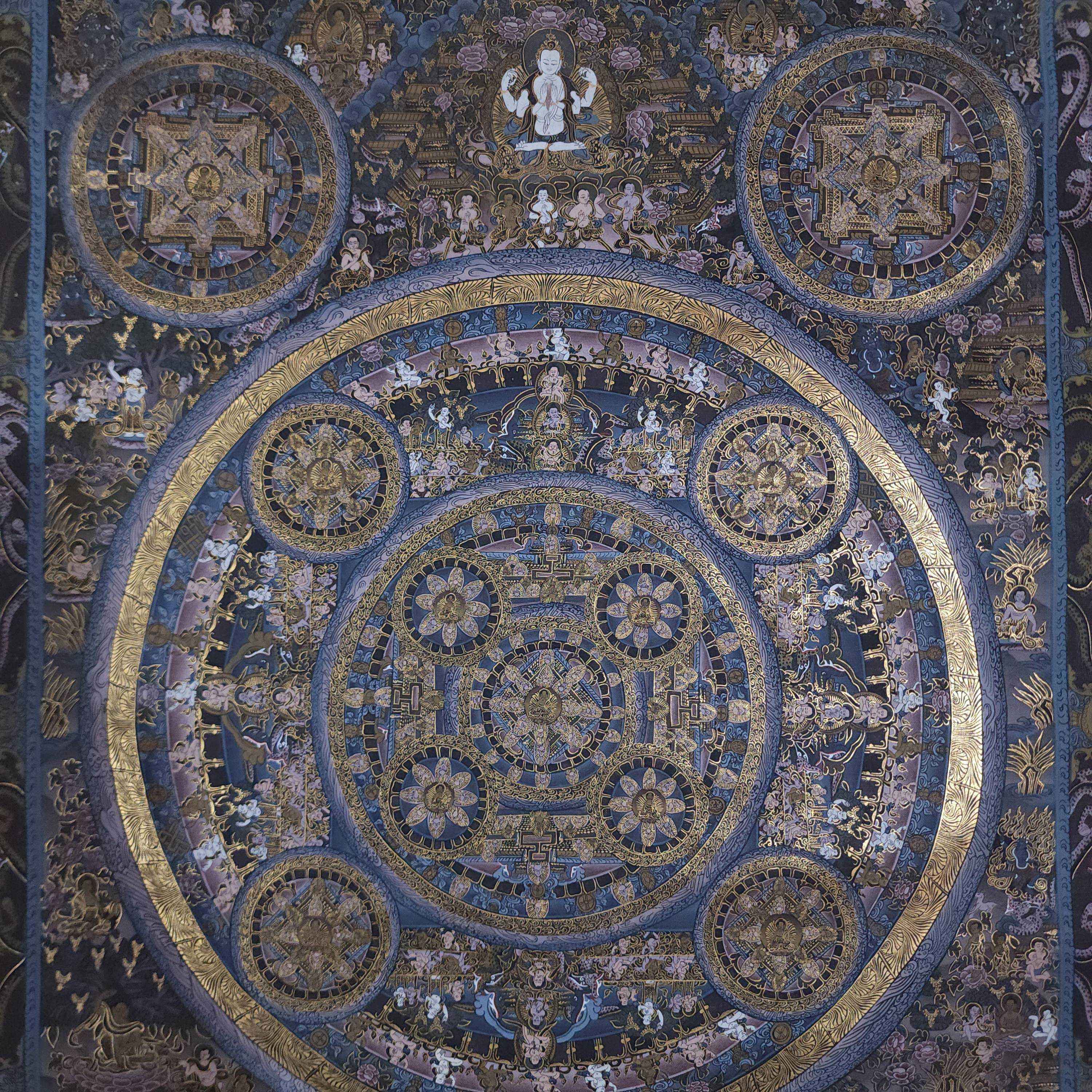 Old Stock, Mandala Thangka, Buddhist Handmade Thangka, Hand Painted, Antique, Real Gold" title="
Old Stock, Mandala Thangka, Buddhist Handmade Thangka, Hand Painted, Antique, Real Gold" title="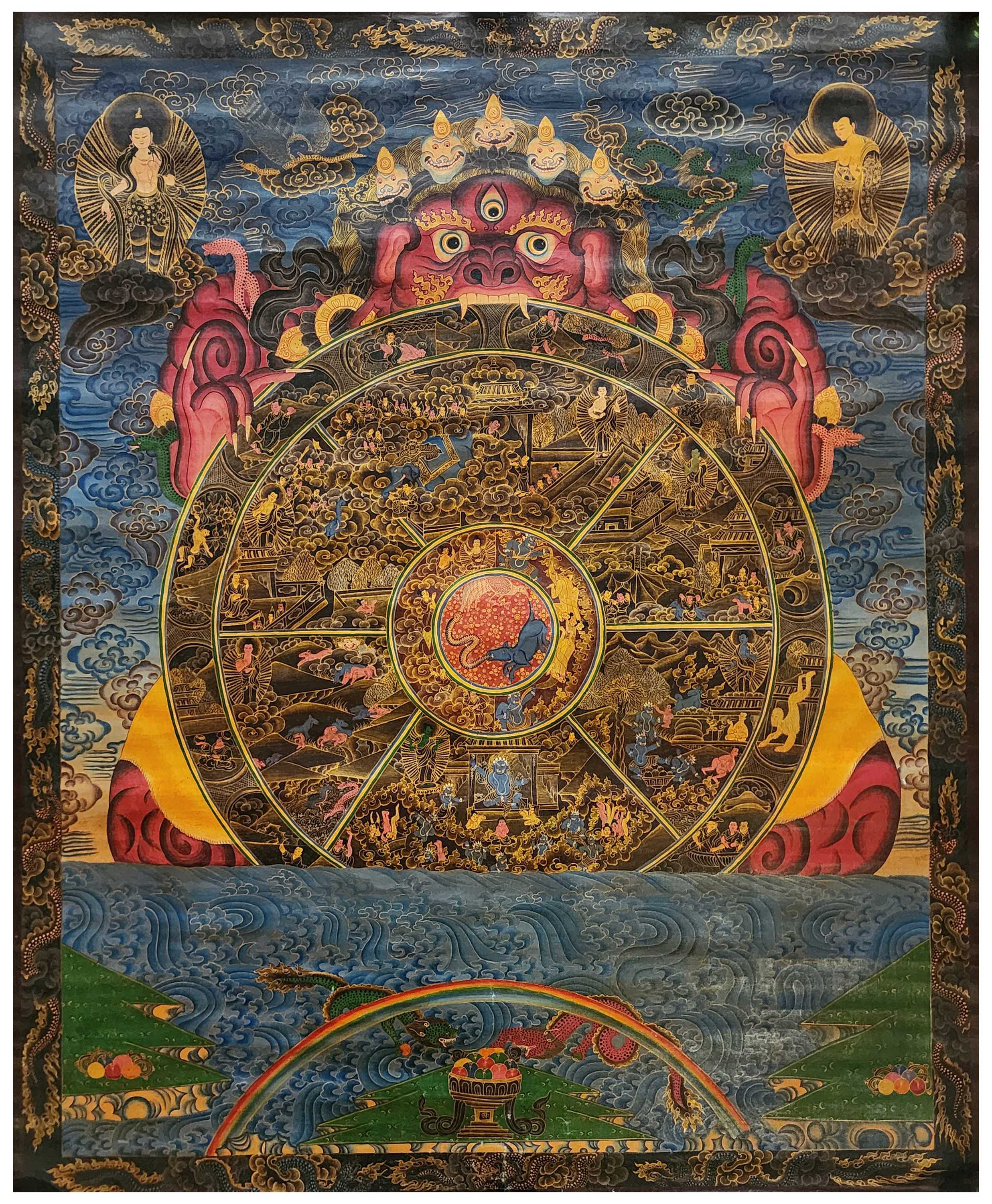 of Life Thangka, Buddhist Traditional Painting, Tibetan Style,
of Life Thangka, Buddhist Traditional Painting, Tibetan Style, 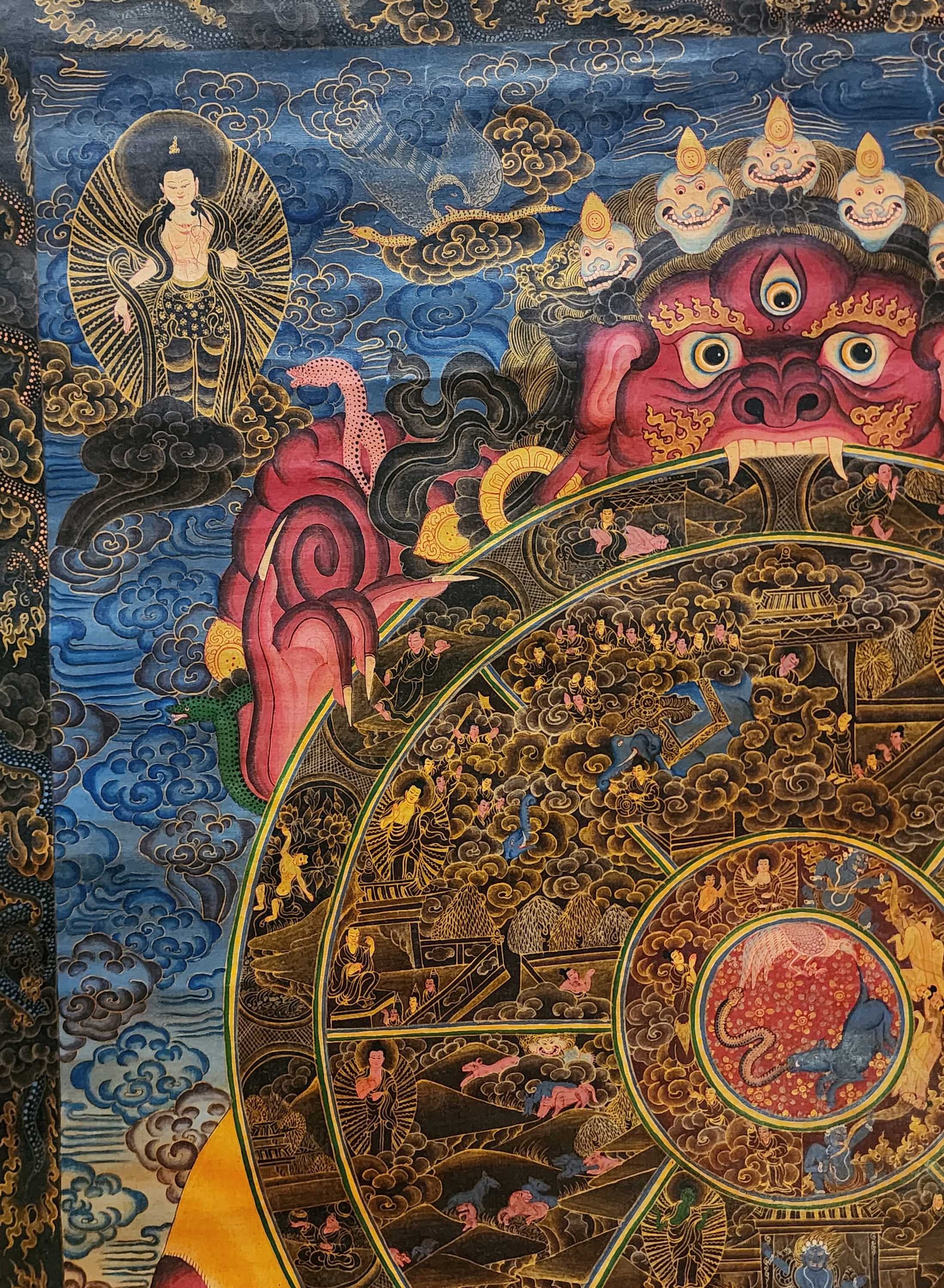 of Life Thangka, Buddhist Traditional Painting, Tibetan Style,
of Life Thangka, Buddhist Traditional Painting, Tibetan Style, 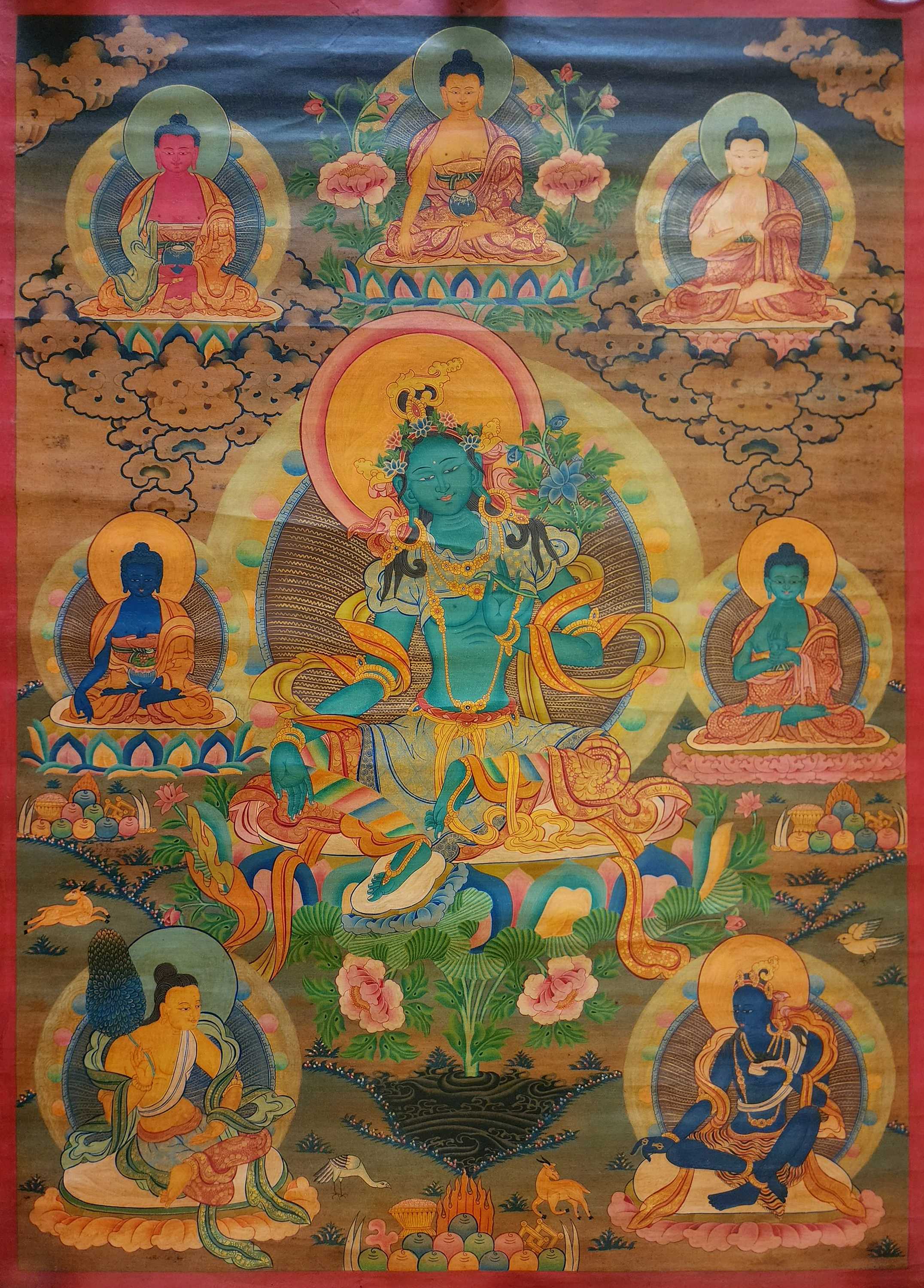 with Pancha Buddha, Buddhist Traditional Painting, Tibetan Style,
with Pancha Buddha, Buddhist Traditional Painting, Tibetan Style, 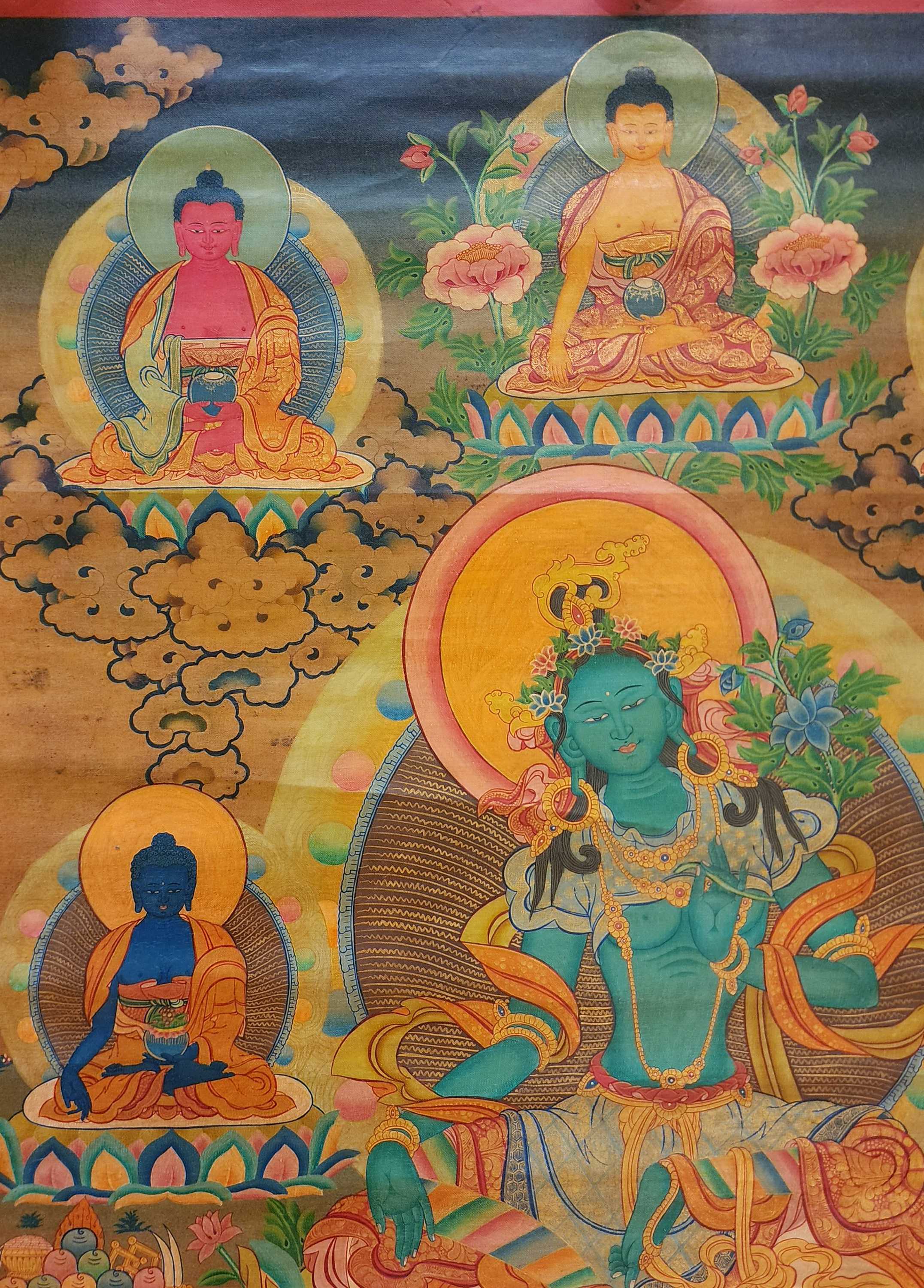 with Pancha Buddha, Buddhist Traditional Painting, Tibetan Style,
with Pancha Buddha, Buddhist Traditional Painting, Tibetan Style, 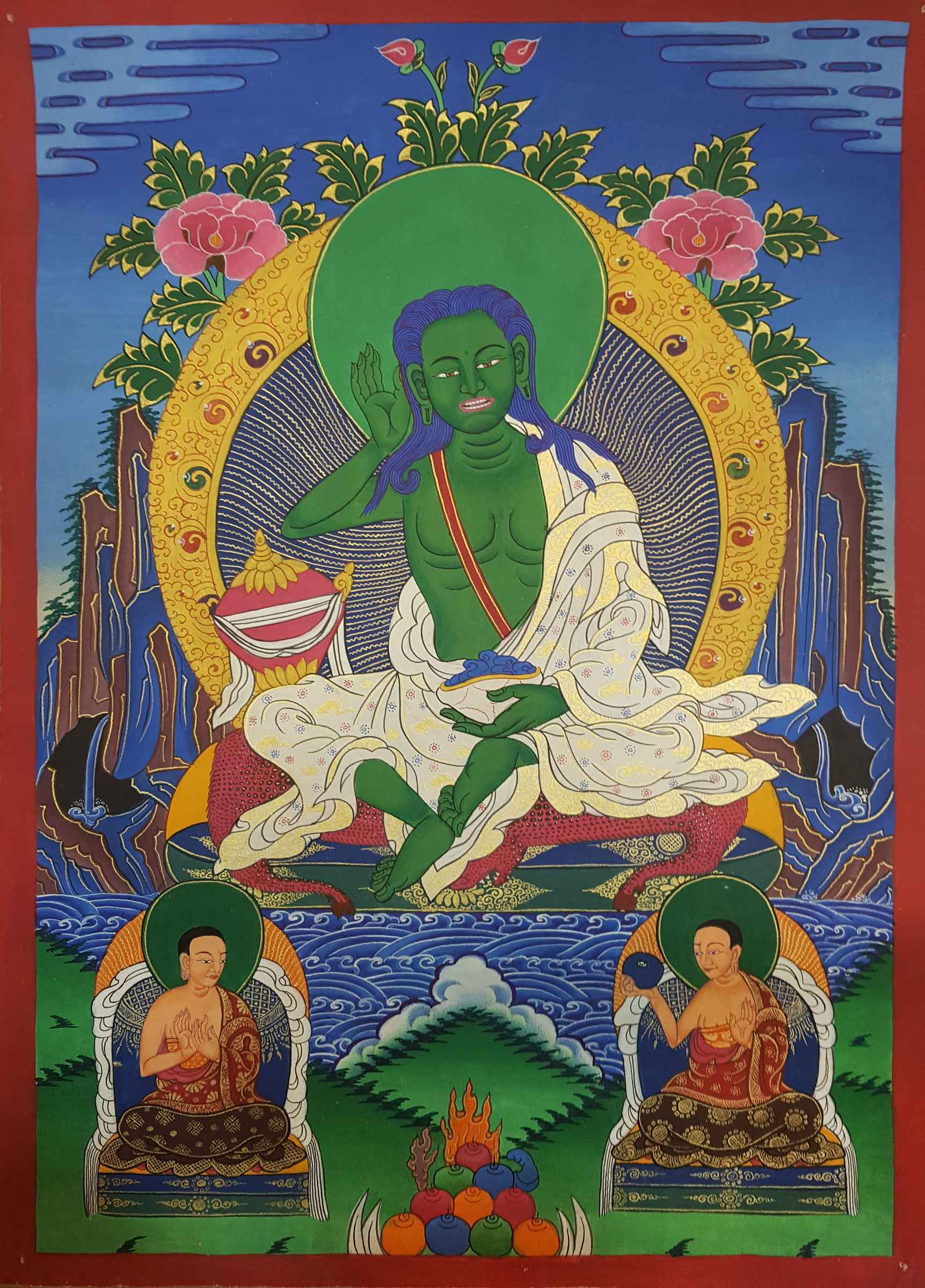 of Milarespa" title="Old Thangka
of Milarespa" title="Old Thangka 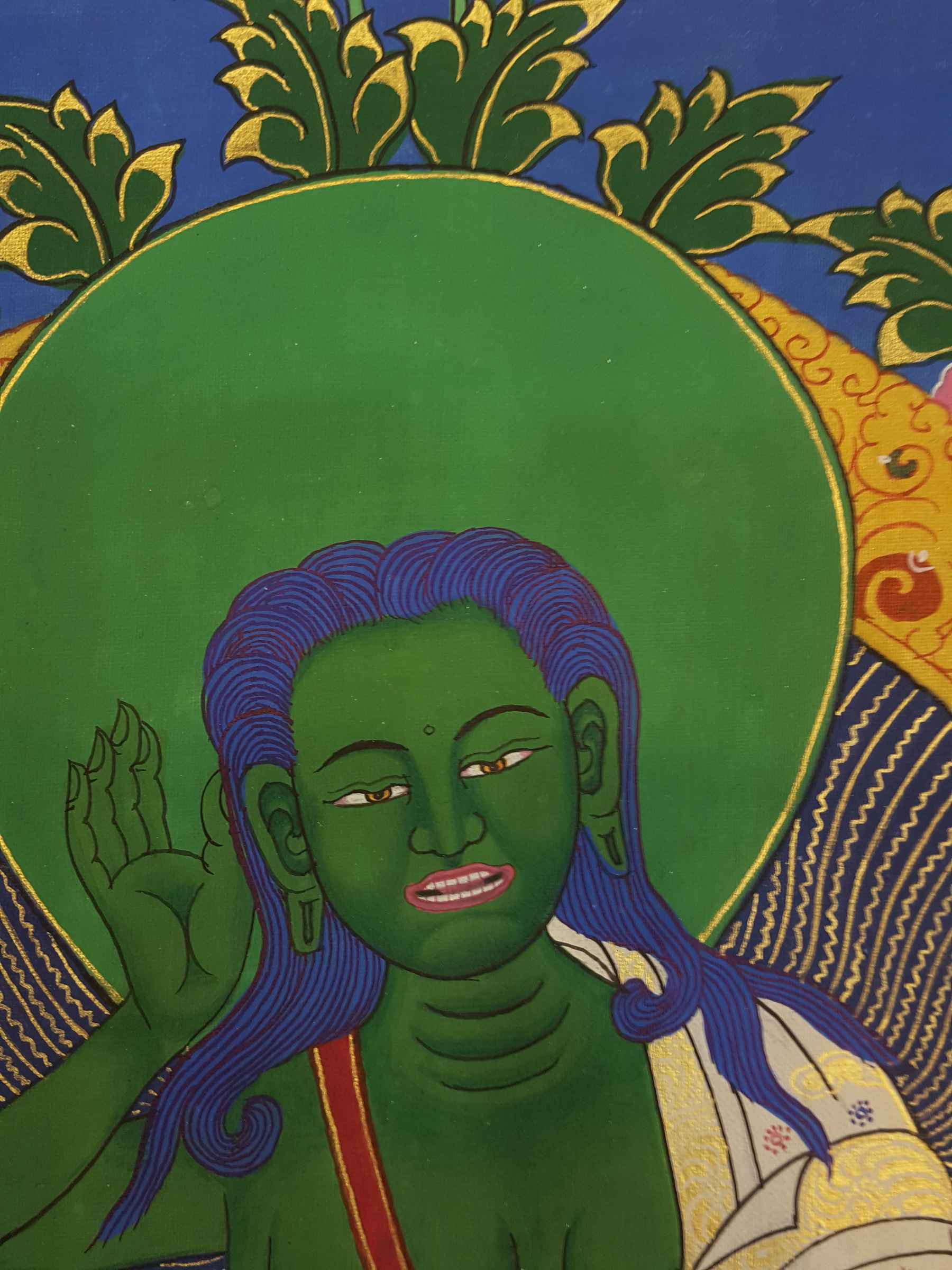 of Milarespa" title="Old Thangka
of Milarespa" title="Old Thangka  of Padmasambhava,
of Padmasambhava, 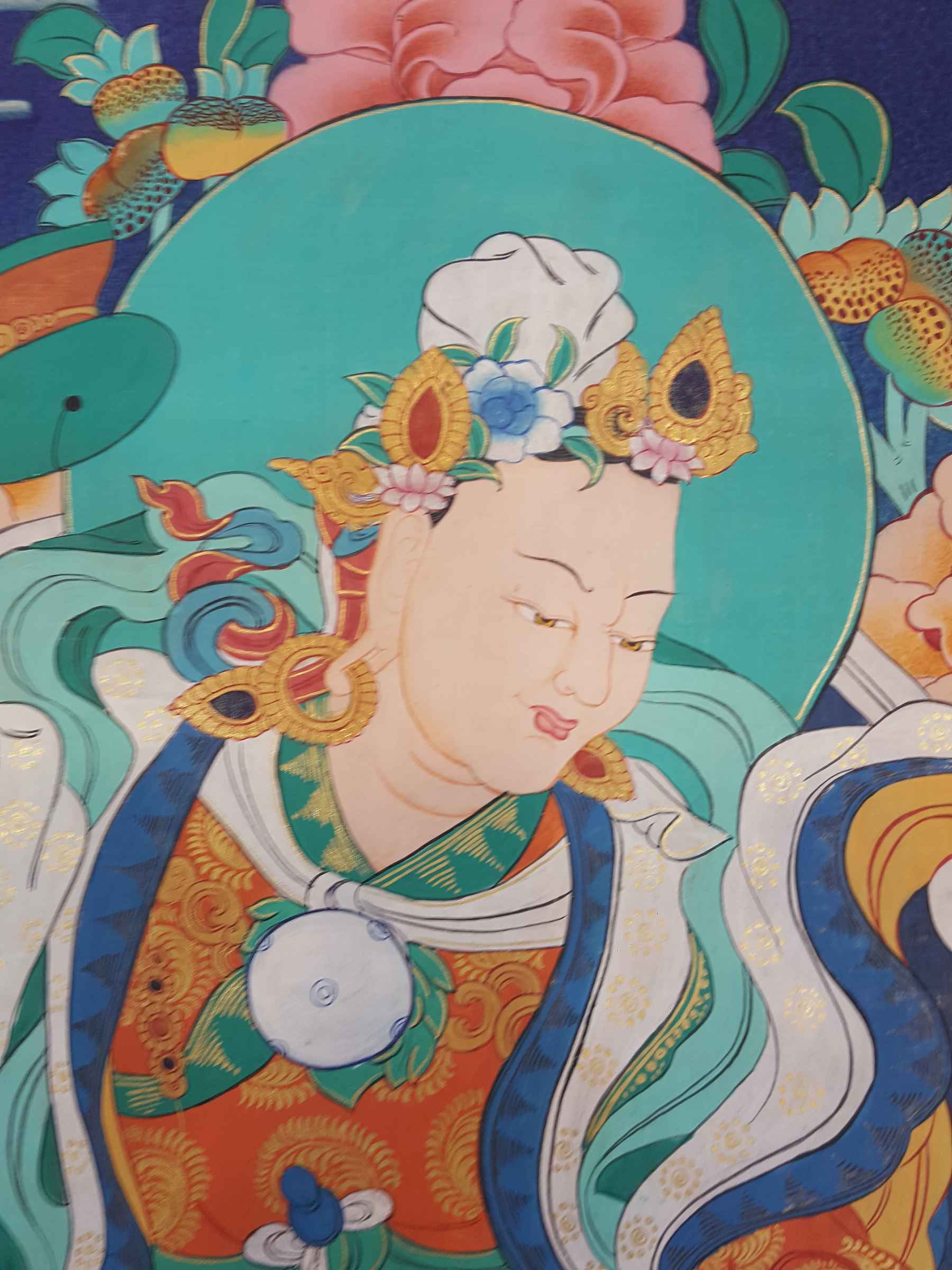 of Padmasambhava,
of Padmasambhava,